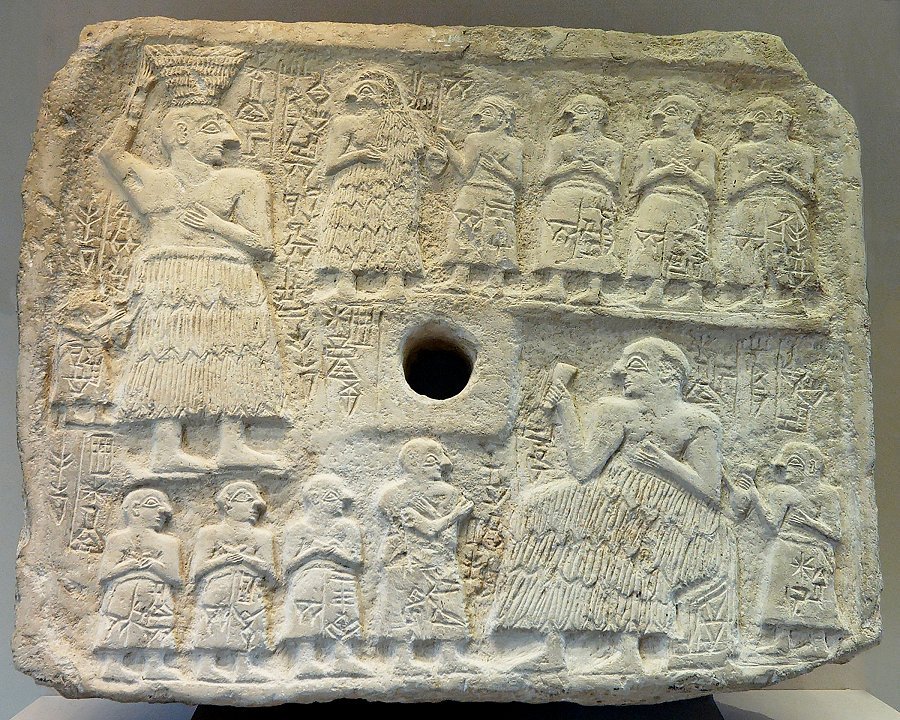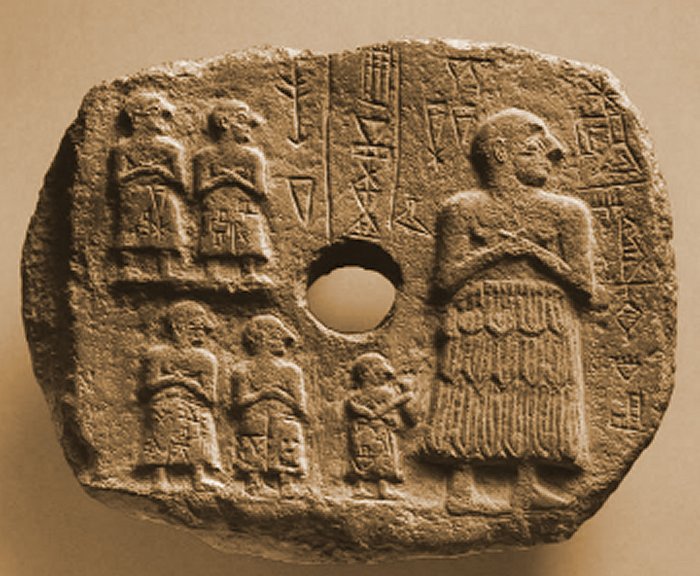Sumerian Plaque Dedicated To King Ur-Nanshe, The Founder Of The 1st Dynasty Of Lagash
A. Sutherland - AncientPages.com - The relief plaques - very popular in the Sumerian society - were often covered with inscriptions and were dedicated to the gods by individual worshipers. They were usually fastened to the temple’s wall by means of stone nails inserted through a hole in the center of the plaque.
Many relief plaques were divided into registers and depicted numerous scenes including the pouring of libations, a fight between a hero and lion, or banquets, devoted to celebrations of important historical and political events.
Perforated relief of Ur-Nanshe (detail), king of Lagash, limestone, Early Third Dynasty (2550–2500 BC), found in Telloh or Tello (ancient city of Girsu). Musée du Louvre
One of the most famous relief plaques was that of Ur-Nanshe, a ruler of the state of Lagash. This remarkable limestone slab dated to around 2300 BC, was probably intended to hang the slab to the wall in the ritual part of the shrine. Perforated stone slabs carved with low reliefs and pierced in the center are typical representations of the art dedicated to the archaic Sumerian Dynasties.
This one is decorated with a low-relief in two registers. The upper register depicts Ur-Nanshe, the chief priest and king of the south Mesopotamian city-state of Lagash c.2520 BC helping to bring mud bricks to the building site and then commemorate the opening of a temple of Ningirsu, the patron god of his city.
Related:
Ancient Fascinating City Of Susa That Appeared In The Earliest Sumerian Records
Dressed in a tufted woolen skirt called ‘kaunakes’, Ur-Nanshe, is accompanied by his wife and sons as well as high officials, each one identified by his name written on his garment.
The king was the founder and the ruler of the 1st Dynasty of Lagash, a strong dynasty that ruled for nearly two centuries over Lagash, according to the cuneiform inscription engraved on the background of the slab.
See also:
Millennia-Old Sumerian Tripod Vase Dedicated To God Ningirsu, The Son OF Enlil
Ancient City Of Adab That Flourished In North Sumer
The lower register illustrates the king of Lagash seated at a ritual banquet enjoying a drink and again surrounded by his sons. Of the 120 slabs of this kind that have been discovered, mostly in the large cities of the Sumerian cultural area, this is one (H 0.40 m; W 0.47 m) was excavated at the ancient city of Girsu, the religious center for the state.
This relief commemorates the construction by Ur-Nanshe of a temple dedicated to Ningirsu, tutelary god of the city of Lagash. Image credit: Metropolitan Museum of Art, New York
This above relief was created to commemorate the construction by Ur-Nanshe of a temple dedicated to Ningirsu, a son of Enlil and the true true monarch and the main deity of the city of Girsu. To build a temple for the city’s protective deities was one of the most important duties of the ruler in Sumer. Ur-Nanshe built a temple to Ningirsu and so did Gudea as Ningirsu was his personal god.
To the left of the perforation on this plaque, there are four men who like the king Ur-Nanshe clasp their hands at their chests and this gesture gives an expression of worship.
The small figure depicted behind the king is Anita, the cupbearer, who holds a vase used for libations. On the same ground line as Ur-Nanshe, stands Akurgal and according to the inscription on this relief plaque, he is the son and successor to Ur-Nanshe. Above Akurgal there is another man, Lugalezen, yet another son of Ur-Nanshe. Other figures are probably the king’s relatives or high officials.
According to some archaeological evidence, ancient city of Girsu is now modern Tello (Telloh), located between the Tigris and Euphrates, approximately 20-25 kilometers north-northwest of Lagash in southern Mesopotamia (now southern Iraq). Girsu was then the capital of the city-state of Lagash, whose wealth was largely due to its location on the road that led to the rich plain of Susa and from there to the Iranian plateau.
The zenith of the power of the First Dynasty of Lagash is variously dated as between 2500-2360 BC and 2500-2271 BC.
Written by – A. Sutherland - AncientPages.com Senior Staff Writer
Copyright © AncientPages.com All rights reserved. This material may not be published, broadcast, rewritten or redistributed in whole or part without the express written permission of AncientPages.com
Expand for referencesReferences:
Samuel Noah Kramer S. N. History Begins at Sumer
Metropolitan Museum of Art, Art of the First Cities
More From Ancient Pages
-
 Tanana Valley, Alaska: Study On Ancient Hunter-Gatherer Sites Dating Back To 14,500 Years Ago
Archaeology | Mar 21, 2022
Tanana Valley, Alaska: Study On Ancient Hunter-Gatherer Sites Dating Back To 14,500 Years Ago
Archaeology | Mar 21, 2022 -
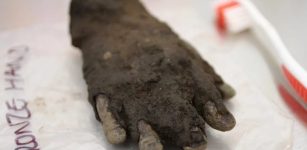 Rare Bronze Hand Found At Roman Vindolanda
Archaeology | Jul 11, 2023
Rare Bronze Hand Found At Roman Vindolanda
Archaeology | Jul 11, 2023 -
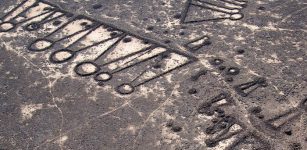 Ancient Highways Unearthed In Arabia
Archaeology | Jan 14, 2022
Ancient Highways Unearthed In Arabia
Archaeology | Jan 14, 2022 -
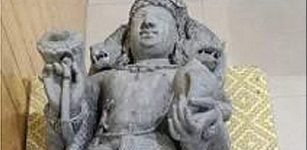 Sculpture Of Lord Vishnu Dated To The Early 9th Century Found In Kashmir
Archaeology | Aug 4, 2022
Sculpture Of Lord Vishnu Dated To The Early 9th Century Found In Kashmir
Archaeology | Aug 4, 2022 -
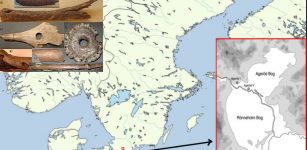 Accelerated Bone Deterioration At Mesolithic Peat Bog In Ageröd, Sweden
Archaeology | Aug 4, 2020
Accelerated Bone Deterioration At Mesolithic Peat Bog In Ageröd, Sweden
Archaeology | Aug 4, 2020 -
 Giants Did Exist And Were A Part Of Earth’s Ancient History
Featured Stories | Apr 29, 2014
Giants Did Exist And Were A Part Of Earth’s Ancient History
Featured Stories | Apr 29, 2014 -
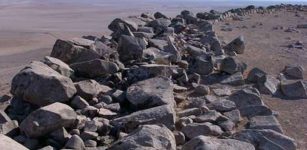 Satellite Images Reveal Huge 4000-Year-Old Military Network In Syria
Archaeology | Dec 23, 2017
Satellite Images Reveal Huge 4000-Year-Old Military Network In Syria
Archaeology | Dec 23, 2017 -
 Viking King – How Was He Elected And What Was Expected From Him?
Ancient History Facts | Apr 12, 2023
Viking King – How Was He Elected And What Was Expected From Him?
Ancient History Facts | Apr 12, 2023 -
 Madagascar Hippos Were Forest Dwellers – New Study
Fossils | Jul 8, 2023
Madagascar Hippos Were Forest Dwellers – New Study
Fossils | Jul 8, 2023 -
 Princess Mkabayi KaJama: Condemned And Hated Zulu Kingmaker Who Died A Lonely Woman
Featured Stories | Mar 20, 2019
Princess Mkabayi KaJama: Condemned And Hated Zulu Kingmaker Who Died A Lonely Woman
Featured Stories | Mar 20, 2019 -
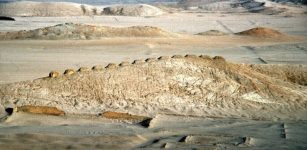 Mystery Of The Thirteen Towers Of Chankillo – Oldest ‘Full-Service Observatory’ In The Western Hemisphere
Featured Stories | Nov 6, 2018
Mystery Of The Thirteen Towers Of Chankillo – Oldest ‘Full-Service Observatory’ In The Western Hemisphere
Featured Stories | Nov 6, 2018 -
 Unearthing South Australia’s Oldest Known Shipwreck: The Bark South Australian (1837)
Archaeology | Aug 16, 2023
Unearthing South Australia’s Oldest Known Shipwreck: The Bark South Australian (1837)
Archaeology | Aug 16, 2023 -
 Hypnos: God Of Sleep Who Owns Much Of Our Lives In Greek Mythology
Featured Stories | Mar 22, 2021
Hypnos: God Of Sleep Who Owns Much Of Our Lives In Greek Mythology
Featured Stories | Mar 22, 2021 -
 Tooth Enamel Reveals Life Histories Of Early Humans
Archaeology | Jan 16, 2023
Tooth Enamel Reveals Life Histories Of Early Humans
Archaeology | Jan 16, 2023 -
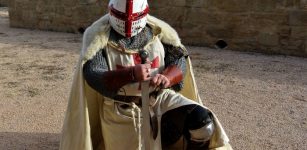 Were The Knights Templar Guilty Or Innocent Of The Crimes Laid Against Them?
Featured Stories | Dec 24, 2020
Were The Knights Templar Guilty Or Innocent Of The Crimes Laid Against Them?
Featured Stories | Dec 24, 2020 -
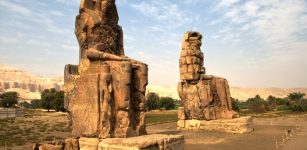 Colossi Of Memnon Guarded Temple Of Pharaoh Amenhotep III And Curious Sound Phenomenon
Featured Stories | Feb 2, 2021
Colossi Of Memnon Guarded Temple Of Pharaoh Amenhotep III And Curious Sound Phenomenon
Featured Stories | Feb 2, 2021 -
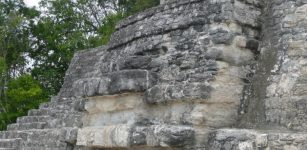 Ancient Maya Destroyed Their Environment 2,000 Years Ago – Effects Are Still Visible Today
Civilizations | Sep 9, 2015
Ancient Maya Destroyed Their Environment 2,000 Years Ago – Effects Are Still Visible Today
Civilizations | Sep 9, 2015 -
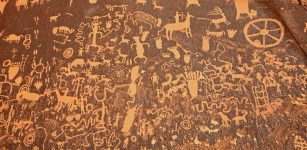 Newspaper Rock Art: Ancient Indian Petroglyphs Tell 2,000-Year-Old Story Of Utah
Civilizations | Nov 28, 2018
Newspaper Rock Art: Ancient Indian Petroglyphs Tell 2,000-Year-Old Story Of Utah
Civilizations | Nov 28, 2018 -
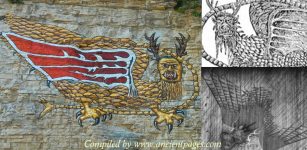 Mysterious Piasa Bird – Native American Dragon That Existed Thousands Of Moons Before The Pale Face Came
Featured Stories | Jan 1, 2018
Mysterious Piasa Bird – Native American Dragon That Existed Thousands Of Moons Before The Pale Face Came
Featured Stories | Jan 1, 2018 -
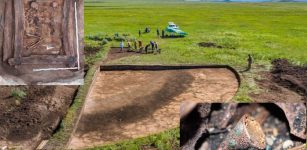 Ancient Burial Of Woman Equipped With A Unique Gold Pectoral Ornament Discovered In Siberian ‘Valley Of The Kings’
Archaeology | Feb 15, 2022
Ancient Burial Of Woman Equipped With A Unique Gold Pectoral Ornament Discovered In Siberian ‘Valley Of The Kings’
Archaeology | Feb 15, 2022

